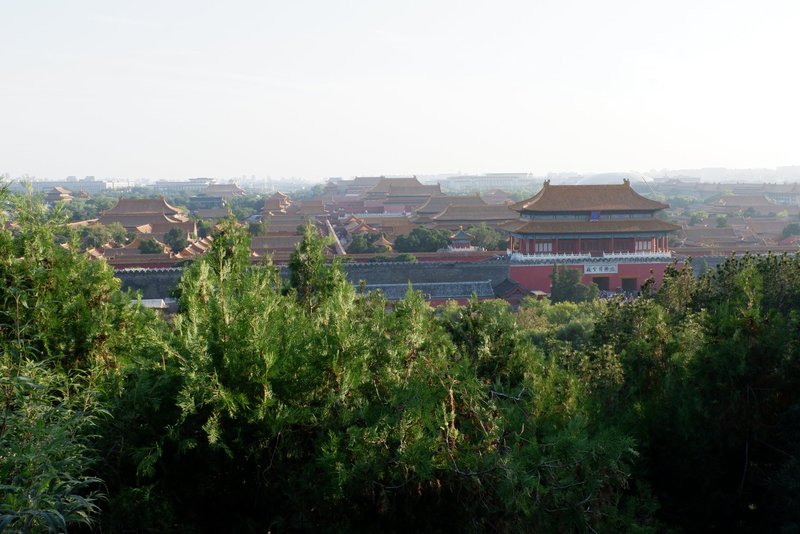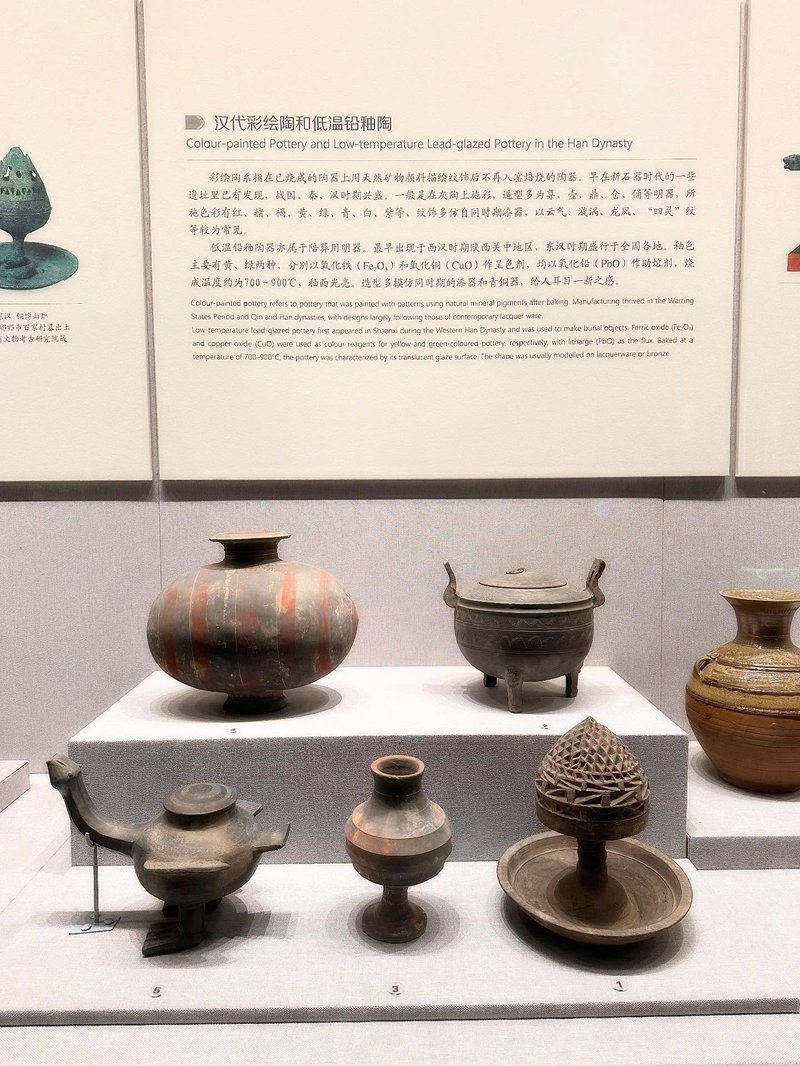For most visitors to Beijing, the Forbidden City is the most evident first stop. My mom and I, however, made it our last destination during our recent two-week trip. In a way, placing it at the end of our itinerary turned out well as our itch to snap many photos had already gone down, making the visits to the main central buildings quicker and more focused. After all, our first day was spent exploring the northern section of the Beijing Central Axis (to which the Forbidden City also belongs), wherein we got a good idea at the immense size of property from the top of Jingshan Hill.

With the help of our dear Zos, ICOMOS China arranged my visit, so I got to enter the palace via a different route (my mom took the usual one, but being a senior, she was given priority too). Many things have been written here about this imperial palace, and while the buildings are superlatively impressive, after having seen many other palace and temple complexes especially the Dai Miao in Tai’an and the Temple of Confucius in Qufu (together with the Forbidden City in Beijing, they make up ”China’s Three Great Ancient Palaces“), my interest and attention turned more towards the Classics Museum on the west wing. I enjoyed the Furniture Gallery, Sculptures Gallery, and most especially the Ceramics Gallery. The curations are easy to follow and the English captions are great. The Sculptures Gallery even has a trio from Xian's Terracotta Army. The F.C.'s most beautiful marble bridge, the Broken Rainbow Bridge, also happens to be right beside the Hall of Martial Valor where the ceramics collections are housed. We spent more time on the west and east wings than the hectic and crowded central section.

In the afternoon, we reunited with Zos at the Treasury Gallery (very busy, I probably have "seen" the items on display more through the photos I took while extending my poor arm towards the jewels and gold items, bypassing the swarm of visitors in the messy queues). The Nine Dragon Wall is nice, but I felt the one in Datong is better if not the best of its kind. The Qianlong Garden (review cover photo) was opened only recently after a 25-year conservation work by the World Monument Fund and the Palace Museum, and it did not disappoint. The rectangular lattice-pavilion set on a taihu rock garden truly stands out. Even the woodwork on its ceiling is exquisite. Qianlong Garden has been regarded as the most beautifully planned section of the Forbidden City, something that does not come as a surprise from the emperor who probably had the finest taste for the arts.
The adjoining halls towards the exit were equally interesting: east-meets-west trompe l'oeil ceilings; Qianlong’s poems surrounded by jade stones make up the walls of an entire hall; massive jade artwork left and right; mother-of-pearl inlaid doorways and columns; a “seahorse“ carving on a marble showing an "interpretation problem" as it really portrayed a horse swimming (or drowning) among the waves; and a small, easy-to-miss section of a courtyard wall made of colorful stone collage that was personally directed by the Qianlong Emperor himself to be constructed. You can take the west exit and sneak into the central exit again to see the rear garden before concluding the visit, so nothing is missed.
Even when you only focus on the west and east wings, the visit can easily take seven hours like our visit took.